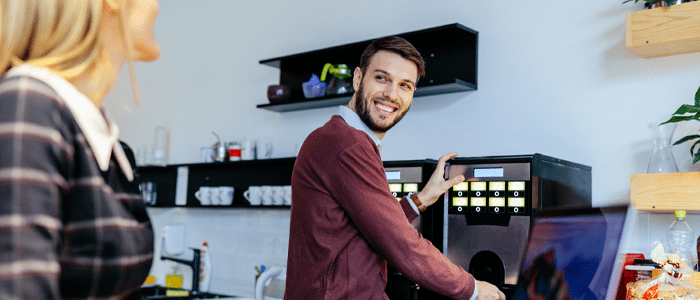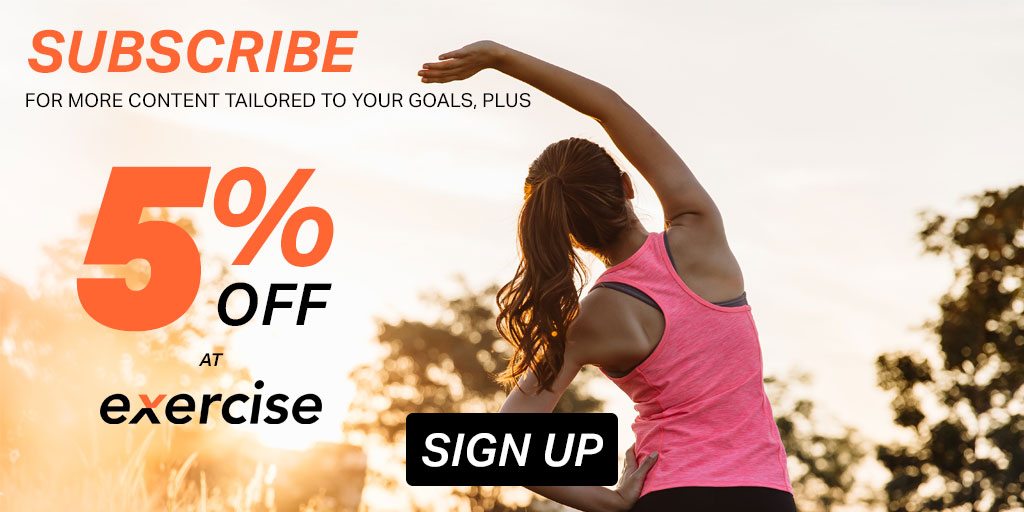The Importance of Micro Breaks At Work
23rd Nov 21

When working, it’s so easy to get wrapped up in what you are doing and not take a break. But taking a step away from your screen or task regularly can be massively helpful for productivity as well as helping to take care of yourself. Obviously, there is the risk of distractions, but taking micro breaks properly can make sure you get the most out of your time away and avoid losing track of your tasks.
Want to move fast? Jump to the right section below.
What Is A Micro Break & How To Do Them?

A micro break is a short timeout you take from work during the day. Micro breaks can be anything from a quick coffee and a chat to a stretch and walk to the bathroom. Most of you will know that these are important during your day. If you work at a screen, it’s important to give your eyes a break from the screen to prevent damaging them, and being sat all day can lead to many health issues if done for long periods of time. Not to mention that whilst you might just be sitting at a computer, a desk job can be mentally taxing and exhausting and can have a negative effect on productivity as your mind begins trying to give itself a break by wandering.
When it comes to taking micro breaks to prevent yourself from getting distracted, try scheduling them throughout your day. For example, you could aim for a break every 2 hours or plan your tasks and take a break at the end of each one. Doing this can help clear the task away, reset, and come back with a clear mind to either carry on with the task or start a new one.
Exercises To Do
Taking a break is great, but it’s important to make sure you move your body and clear your mind to shake off the tension and stress of what you have been doing. There are a couple of exercises you can fit into your micro breaks whilst making a drink or going to the bathroom that can help to keep your body and mind healthy.
1. Breathe
Doing some breathing exercises can be good for relieving stress and tension. Find somewhere quiet to sit and keep your back straight. Close your eyes and practice some deep breathing. Breathe in counting to two, hold your breath for one and exhale for a count of two. Repeat this for a few minutes and clear your mind of thoughts, and it can help to clear the stress and refocus your mind for your next task.
2. Spinal & Neck Oscillations
Doing some spine and neck stretches can help straighten out your muscles from being sat down for a long period of time. For your neck, tilt your head forwards and rest your chin on your chest, and then just roll your head around and back to the start. If this isn’t for you, just roll your head left to right instead of doing the full circle.
For your spine, stand up straight with your hands on your hips and lean forwards and backward to stretch out your spine. You could also try touching your toes to really stretch the muscles. Alternatively, roll your shoulders in forwarding motions, or spin your hips in circles to help loosen and release any stress.
3. Joint Strengthening
Joint strengthening is really important for those with a desk job, as your arms and legs will often be in one position for long periods of time. This can cause muscle pains and conditions such as repetitive strain injury because the muscles and joints are stuck in a set position for long periods of time.
You can even buy fitness accessories to help strengthen these muscles and joints or just do certain exercises like wrist/ankle circles and toe grips. For a full list of exercises, try our strengthening exercises for hands and feet.
4. Walking

This one is pretty simple, but just going for a walk can really help. Walking around the office or just going outside for a bit of fresh air can help clear the mind and encourage blood flow around your body. Plus, it counts as exercise, so you can burn a few calories by stretching your legs. Walking can also help improve productivity when you get back to your desk.
5. Squats
Finally, we have squats. Being sat at a desk can put a strain on your knees, back and legs. Doing a few squats can help stretch these muscles and keep the joints moving as they should. These, too, can encourage blood flow around the lower half of your body.

Before beginning any exercise or nutrition program, consult your physician, doctor or other professional. This is especially important for individuals over the age of 35 or persons with pre-existing health problems. Exercise.co.uk assumes no responsibility for personal injury or property damage sustained using our advice.
If you experience dizziness, nausea, chest pain, or any other abnormal symptoms, stop the workout at once and consult a physician or doctor immediately.









